Equatorial Guinea, a small country located on the west coast of Central Africa, is often overlooked by travelers seeking adventure in Africa. Yet, this hidden gem boasts stunning landscapes, rich cultural heritage, and unique wildlife. Comprising a mainland region, Río Muni, and several islands, including Bioko Island, where the capital city, Malabo, is located, Equatorial Guinea offers a diverse array of experiences for those willing to explore its beauty and complexity.
Table of Contents
Geography
Equatorial Guinea is situated on the equator, bordered by Cameroon to the north, Gabon to the south and east, and the Atlantic Ocean to the west. The country covers an area of approximately 28,051 square kilometers, making it one of the smallest countries on the African mainland. The mainland region, Río Muni, features a tropical rainforest climate, characterized by lush vegetation, diverse ecosystems, and numerous rivers. The terrain is predominantly hilly, with several mountain ranges, including the stunning Monte Cristobal.
Bioko Island, home to the capital city of Malabo, is located just off the coast and is known for its volcanic landscape, featuring peaks like Pico Basilé, which rises to over 3,000 meters. The island’s rich biodiversity includes rare species of plants and animals, making it a unique destination for nature lovers. Additionally, the smaller islands of Annobón and Corisco offer beautiful beaches and opportunities for ecotourism.
States of Equatorial Guinea
Equatorial Guinea is divided into 2 mainland regions and 7 provinces. The provinces are:
| Province | Capital |
|---|---|
| Annobón | San Antonio de Palé |
| Bioko Norte | Malabo |
| Bioko Sur | Luba |
| Centro Sur | Evinayong |
| Kié-Ntem | Ebebiyin |
| Litoral | Bata |
| Wele-Nzas | Mongomo |
History
Equatorial Guinea has a complex and often tumultuous history that has shaped its identity. The region was initially inhabited by various indigenous groups, including the Bantu and Pygmy tribes, who lived off the land and practiced traditional customs. European exploration began in the 15th century when the Portuguese arrived, followed by the Spanish, who claimed the territory in the 18th century.
In 1778, Spain formally acquired the island of Bioko (then known as Fernando Po) from Portugal. The Spanish established plantations and introduced cocoa, coffee, and timber as key exports. By the late 19th century, Equatorial Guinea became a colony of Spain, which lasted until the mid-20th century. The colonial era was marked by significant social and economic changes, but it also led to the exploitation and marginalization of the indigenous population.
The push for independence gained momentum after World War II, with growing nationalist movements advocating for self-rule. Equatorial Guinea finally achieved independence from Spain on October 12, 1968. However, the post-independence period was marred by political instability and authoritarian rule, particularly under President Francisco Macías Nguema, who led the country from 1968 until his overthrow in 1979.
Following a coup led by Teodoro Obiang Nguema Mbasogo, the current president, Equatorial Guinea has experienced relative stability, though concerns about human rights and governance persist. The country has seen significant economic growth due to oil reserves discovered in the late 1990s, which has transformed its economy but also raised questions about wealth distribution and social development.
Top Ten Must-Visit Destinations
1. Malabo
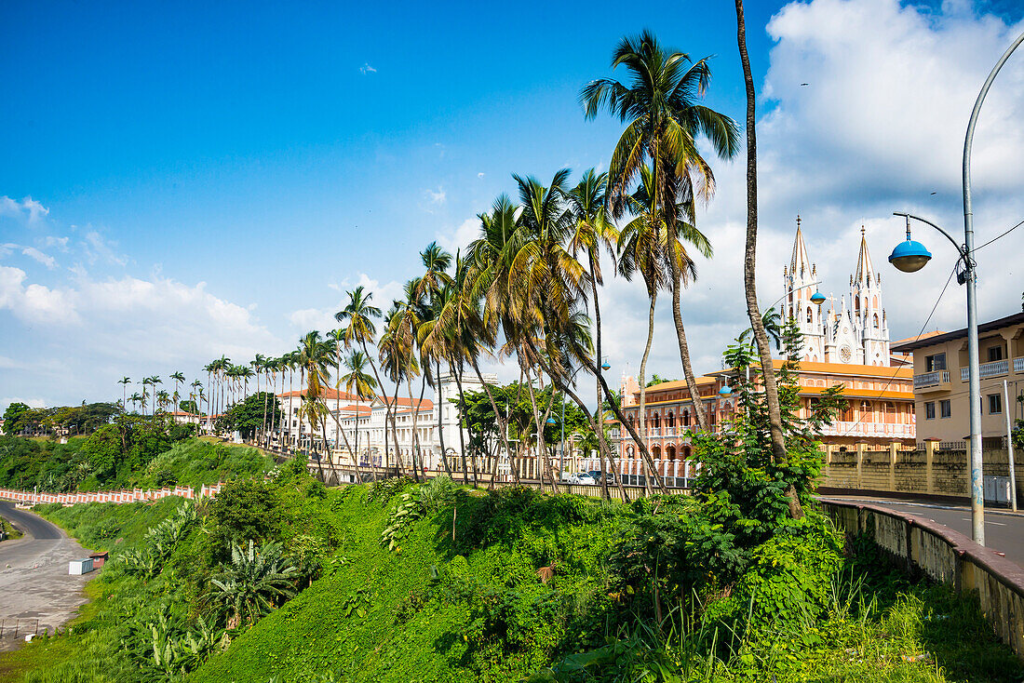
Malabo, the capital city of Equatorial Guinea, is a vibrant coastal city located on Bioko Island. Visitors can explore the colonial architecture, including the impressive Malabo Cathedral and the Presidential Palace. The city’s bustling markets offer a taste of local culture, while the surrounding beaches provide opportunities for relaxation and water sports.
2. Pico Basilé

Pico Basilé, the highest peak in Equatorial Guinea, is a must-visit for hiking enthusiasts. This volcanic mountain offers stunning views of the island and surrounding landscapes. The trek to the summit takes visitors through lush rainforests, where they can encounter unique flora and fauna, including endemic bird species.
3. Bioko Island
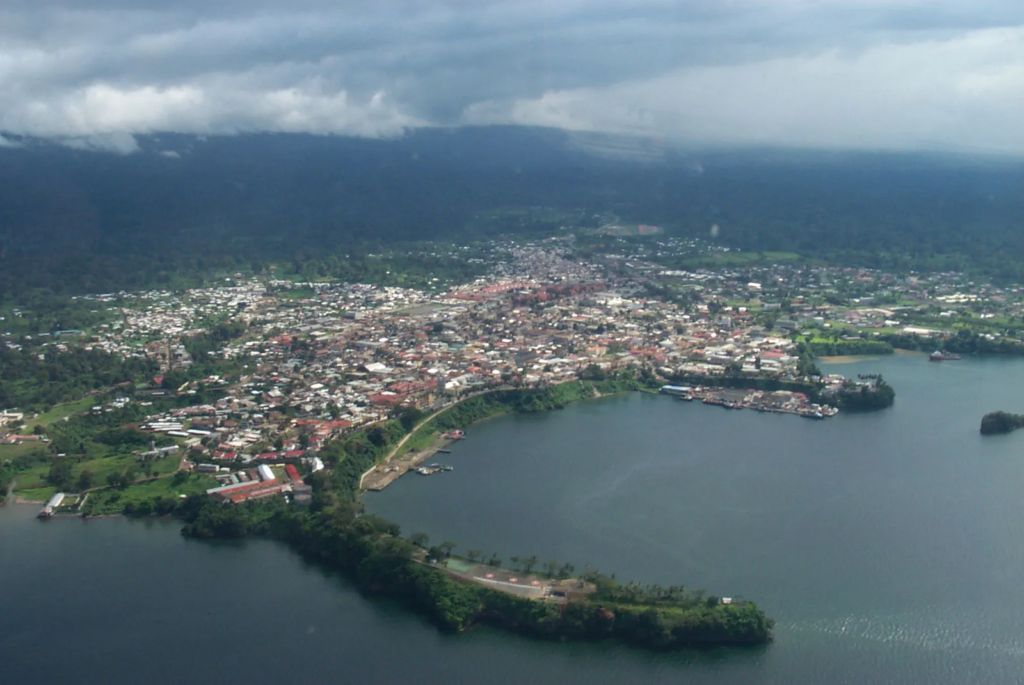
Bioko Island is known for its breathtaking natural beauty, including pristine beaches, lush rainforests, and diverse wildlife. Visitors can explore the island’s national parks, such as Parque Nacional de la Cima, home to rare species of monkeys, birds, and butterflies. The island’s rich cultural heritage is also reflected in its traditional dances and festivals.
4. Annobón Island
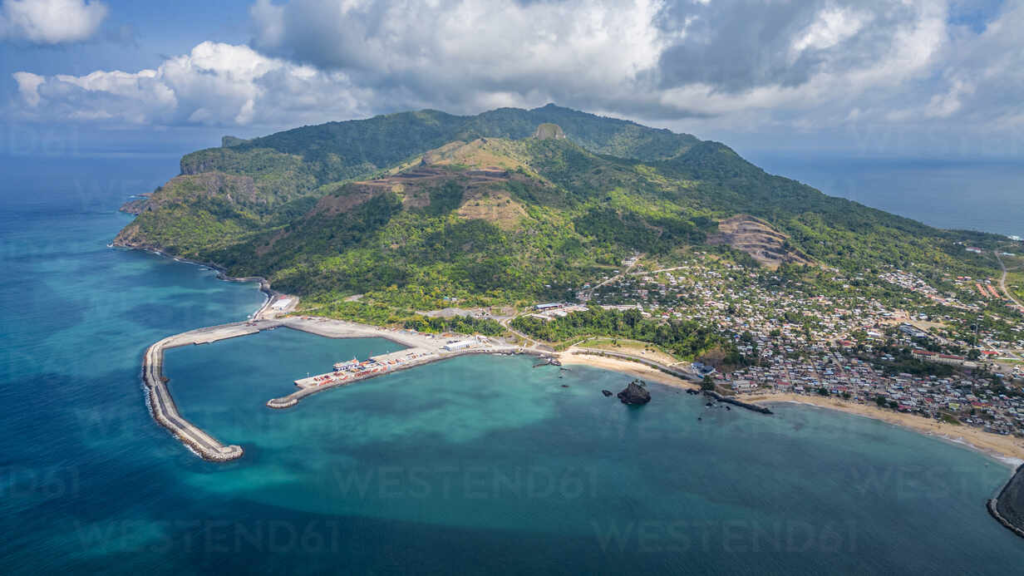
Annobón Island, located south of Bioko, is a remote paradise known for its stunning landscapes and rich marine biodiversity. Visitors can enjoy snorkeling and diving in crystal-clear waters, exploring coral reefs teeming with vibrant marine life. The island’s peaceful atmosphere and welcoming locals make it an ideal escape for those seeking tranquility.
5. Corisco Island
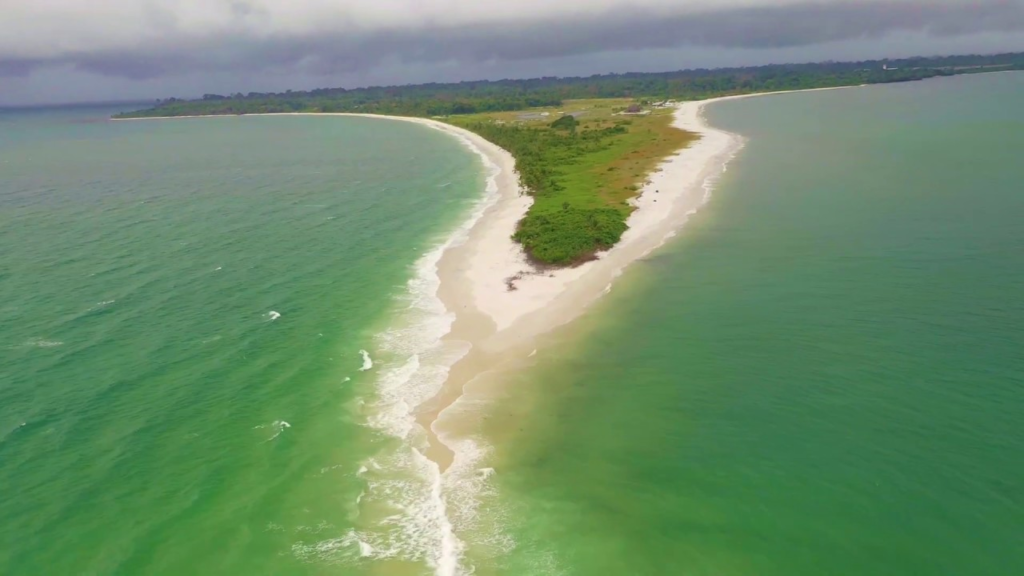
Corisco Island is another hidden gem off the coast of Equatorial Guinea, featuring beautiful beaches and lush vegetation. The island is less developed than Bioko, providing a more authentic experience for visitors. Its pristine waters are perfect for swimming, fishing, and enjoying the natural beauty of the area.
6. Río Muni
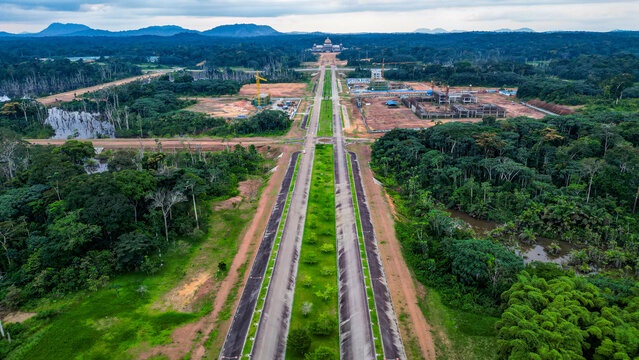
The mainland region of Río Muni offers a glimpse into the country’s natural beauty and diverse ecosystems. Visitors can explore the lush rainforests, rivers, and wildlife reserves, such as the Monte Alén National Park, home to gorillas, elephants, and various bird species. The region is ideal for ecotourism and adventure activities like hiking and birdwatching.
7. Bata
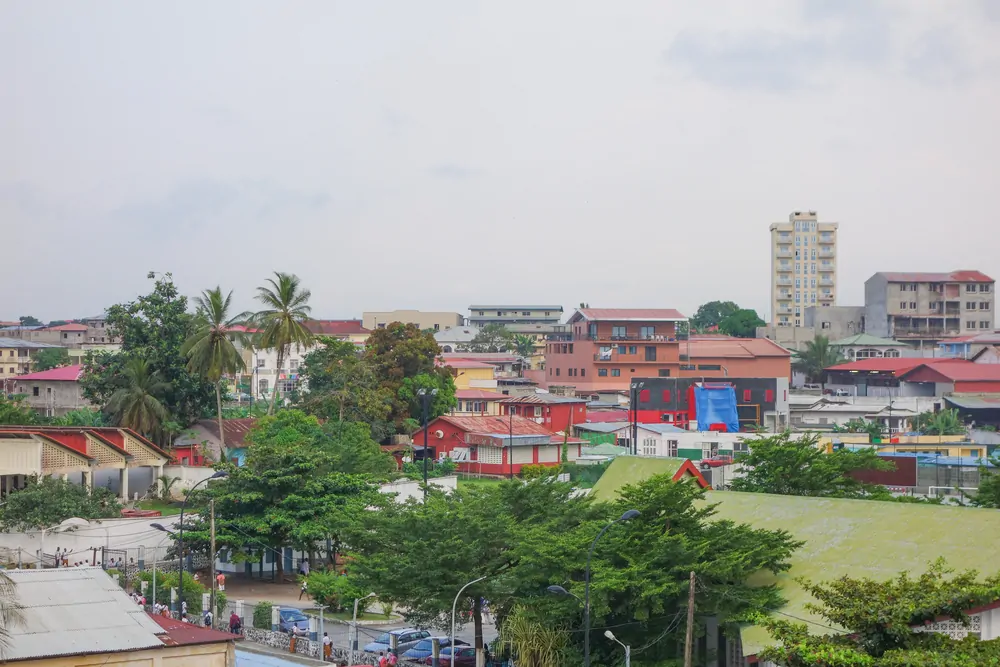
Bata is the largest city on the mainland and serves as an important commercial center. Visitors can explore the city’s markets, where local artisans sell handmade crafts and traditional products. Bata’s beaches, such as Playa de Arena Blanca, offer opportunities for relaxation and water activities.
8. Playa de la Arena Blanca
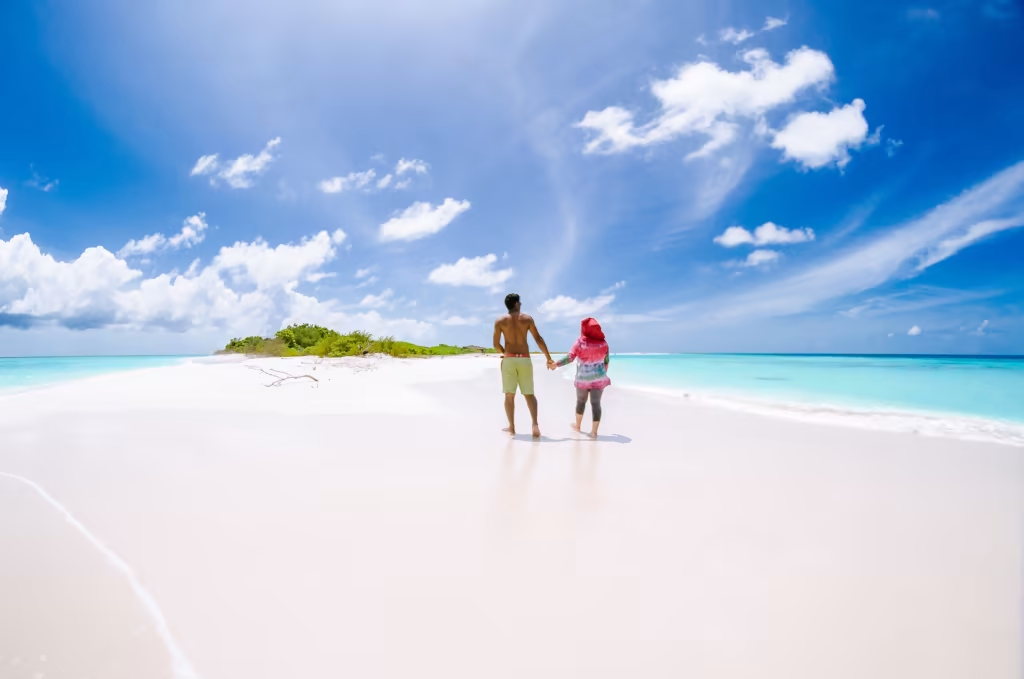
Located near Bata, Playa de la Arena Blanca is known for its stunning white sand and clear waters. This beach is perfect for sunbathing, swimming, and enjoying a beachside picnic. The relaxed atmosphere and beautiful scenery make it a popular spot for locals and tourists alike.
9. Parque Nacional de Monte Alén
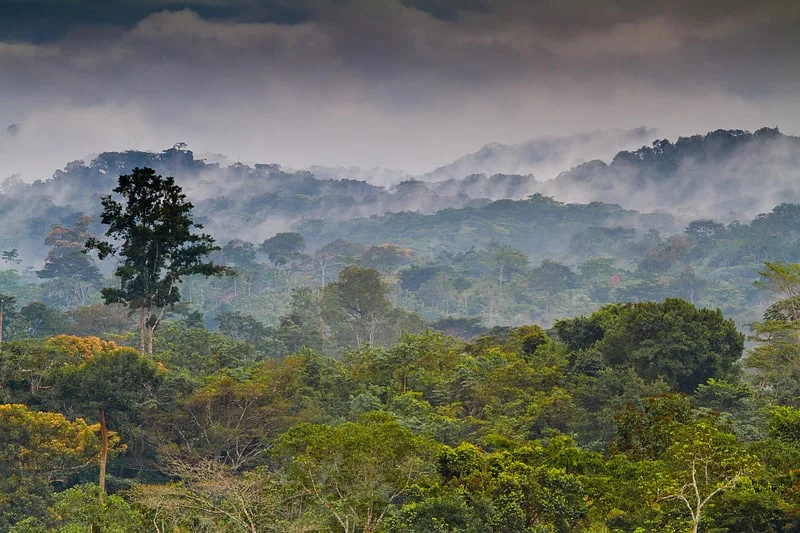
Parque Nacional de Monte Alén is a protected area in Río Muni that showcases the country’s rich biodiversity. The park is home to various wildlife species, including gorillas, monkeys, and numerous bird species. Hiking trails and guided tours provide opportunities to explore the lush rainforests and enjoy the stunning landscapes.
10. Malabo’s Beaches
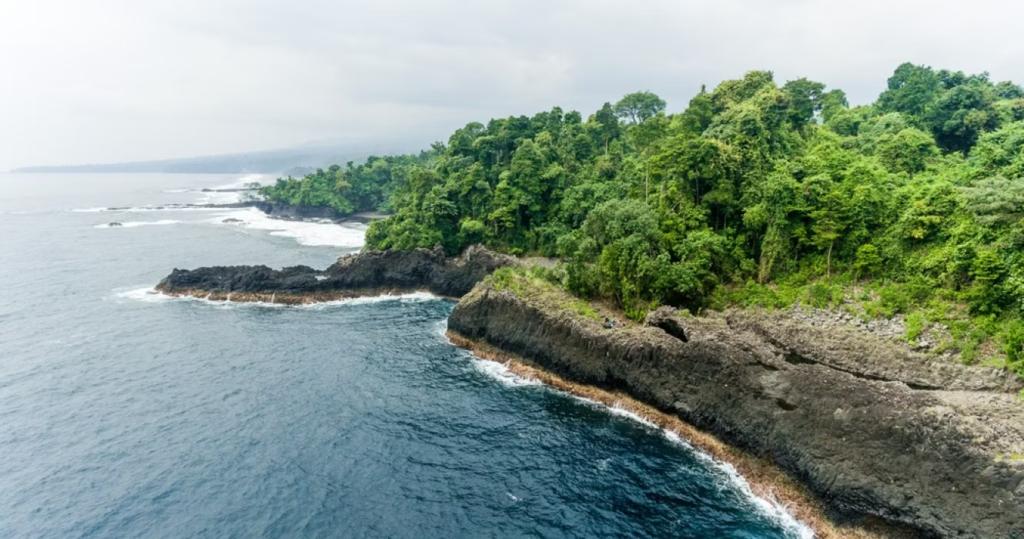
The beaches surrounding Malabo, such as Playa de Mbini and Playa de Luba, offer beautiful views of the Atlantic Ocean. Visitors can relax on the sandy shores, enjoy water sports, and indulge in fresh seafood from local beachside restaurants.
Culture
Equatorial Guinea has a rich cultural heritage influenced by its diverse ethnic groups, including the Fang, Bubi, and Ndowe. The official language is Spanish, reflecting the country’s colonial history, but many locals also speak indigenous languages such as Fang and Bubi. This linguistic diversity adds to the cultural richness of the country.
Traditional music and dance are integral to Equatorial Guinea’s cultural identity. The mbangui and ekang are popular traditional dances that showcase the vibrant rhythms and movements of the country’s various ethnic groups. Music often accompanies celebrations and festivals, with instruments like the balafon (a wooden percussion instrument) and drums playing a prominent role.
Equatorial Guinea is known for its vibrant arts and crafts scene, with local artisans creating beautiful textiles, pottery, and wood carvings. These traditional crafts reflect the cultural heritage of the various ethnic groups and are often featured in local markets and festivals. The country celebrates its cultural diversity through festivals, showcasing traditional dances, music, and cuisine.
Festivals
Festivals in Equatorial Guinea are lively celebrations that reflect the country’s cultural heritage and traditions. One of the most significant events is the Fiesta de la Diáspora, celebrated in September to honor the contributions of the Equatorial Guinean diaspora. The festival features traditional music, dance, and cultural performances, bringing together locals and expatriates to celebrate their shared heritage.
Another important festival is the Fiesta de la Virgen de la Consolación, celebrated in August in the town of Nsok Nsomo. This religious festival includes colorful parades, traditional dances, and religious ceremonies, showcasing the country’s deep-rooted traditions and sense of community.
The Festival de la Música Africana is a vibrant celebration of African music held in Malabo, featuring performances by local and international artists. This festival promotes cultural exchange and celebrates the diversity of African musical traditions, bringing together people from various backgrounds to enjoy the rhythms and sounds of the continent.
Economy
Equatorial Guinea’s economy is primarily driven by oil and gas production, which accounts for a significant portion of the country’s GDP and export revenues. The discovery of offshore oil reserves in the late 1990s transformed the economy, attracting foreign investment and leading to rapid economic growth. However, the reliance on oil has also posed challenges, including fluctuations in global oil prices and concerns about wealth distribution.
In addition to oil, agriculture plays a vital role in the economy, with cocoa, coffee, and timber being key exports. The government has been working to diversify the economy and promote sectors such as tourism, agriculture, and manufacturing. Efforts are being made to improve infrastructure and attract investments to support sustainable economic growth.
Cuisine
Equatorial Guinean cuisine is a flavorful blend of African, Spanish, and Portuguese influences, reflecting the country’s diverse cultural heritage. Pepper soup, a spicy broth made with various meats and vegetables, is a popular dish enjoyed by locals. Efun, a traditional dish made from cassava leaves, is often served with rice or fufu (a starchy side dish made from yams or cassava).
Seafood is abundant in Equatorial Guinea, with fresh fish and shellfish being staples in coastal regions. Grilled fish, often marinated in local spices, is a favorite among locals and visitors alike. Atole, a corn-based dish, is commonly served with various toppings and is a popular choice for breakfast.
Street food is also prevalent in urban areas, with vendors offering a variety of snacks and quick meals. Bocadillos, a type of sandwich filled with meats, cheese, and vegetables, are a popular choice for a quick bite.
Top Eight Most Famous Food of Equatorial Guinea
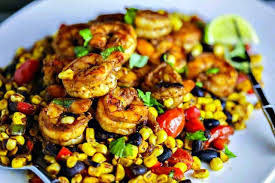
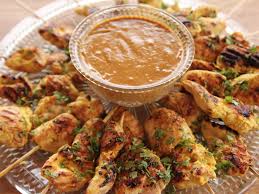
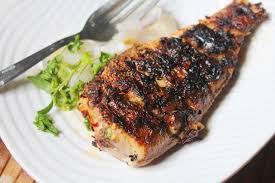
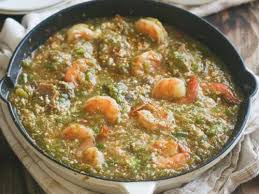
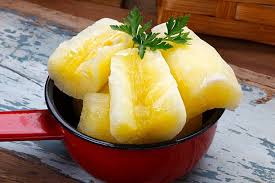
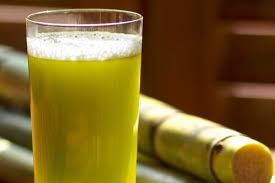
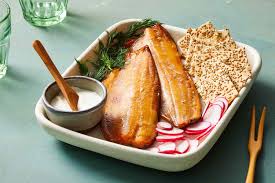
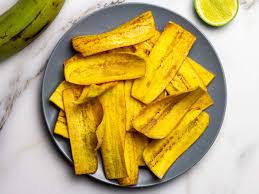
Interesting Facts
- Equatorial Guinea is one of the smallest countries in Africa, both in terms of land area and population.
- The country is one of the few African nations where Spanish is an official language.
- Bioko Island is home to unique wildlife, including endemic species like the Bioko drill monkey.
- The country’s capital, Malabo, is located on Bioko Island and features beautiful colonial architecture.
- Equatorial Guinea has a tropical climate, with two distinct seasons: a dry season and a rainy season.
- The country gained independence from Spain on October 12, 1968.
- Equatorial Guinea is one of the richest countries in Africa in terms of GDP per capita, largely due to its oil reserves.
- The majority of the population is Roman Catholic, reflecting the country’s colonial history.
- Equatorial Guinea’s national soccer team is known as “La Nzalang Nacional” and competes in international competitions.
- The country’s flag features a unique design, including a coat of arms that symbolizes the nation’s history and values.
Conclusion
Equatorial Guinea, with its stunning landscapes, rich cultural heritage, and vibrant traditions, is a hidden gem waiting to be discovered. From the breathtaking peaks of Pico Basilé to the lively streets of Malabo, the country offers a unique blend of history, adventure, and natural beauty. As travelers explore this often-overlooked destination, they are sure to be captivated by the warmth and hospitality of the Equatorial Guinean people.
let’s enjoy few years on earth with peace and happiness….✍🏼🙏

